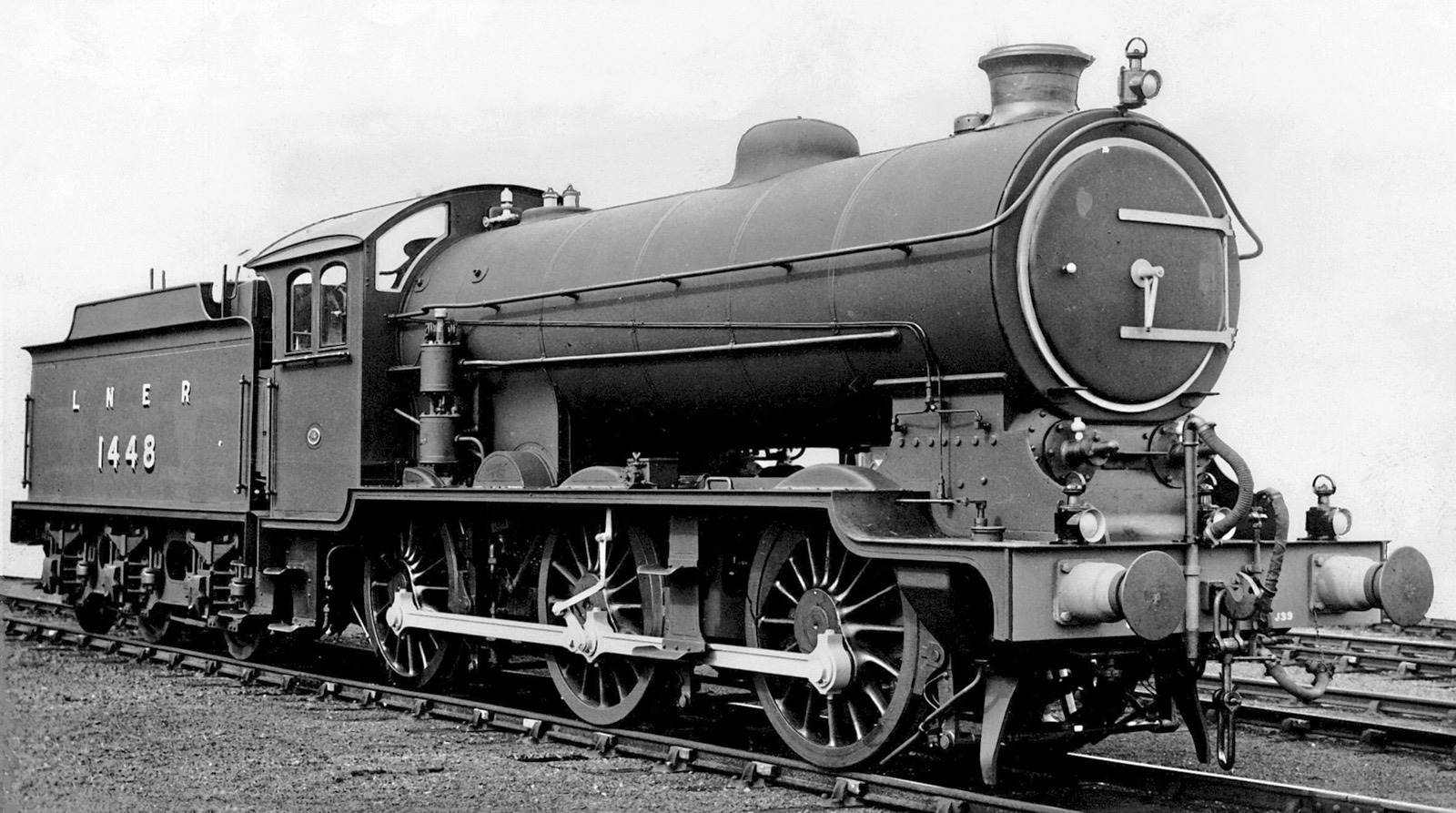Your cart is currently empty!
Sir Nigel Gresley
Sustaining the legacy

Class J39
The LNER Class J39 was a class of medium powered 0-6-0 steam locomotive designed by Nigel Gresleyfor mixed-traffic work throughout the former LNER system.

Although the J38 was the first LNER Group Standard design and was also an 0-6-0 goods locomotive, only one small batch of 35 locomotives were built. The J39 appeared later in 1926, and was essentially a J38 with larger wheels. The lack of splashers on the J38s, makes this the clearest distinguishing feature between the two types. It became the new LNER Group Standard 0-6-0 goods locomotive and was built in large quantities. A total of 289 J39s were built over fifteen years, making it the most numerous of Gresley’s designs.
The first outline diagram for the J39 was produced in September 1925 and the first locomotive entered service in September 1926. The design was very similar to the J38 and incorporated very little influence from Doncaster. All of the J39s were built at Darlington except for one batch of twenty-eight J39s built between 1926 and 1937 by Beyer, Peacock & Co. Many of the Darlington J39s were built with boilers constructed by the contractors Armstrong Whitworth & Co. and Robert Stephenson & Co.


Two main tender types were fitted. From December 1930, those with the Group Standard 3,500 gallon tender were referred to as J39/1, whilst those with the Group Standard 4,200 gallon tender were referred to as J39/2. From 1934 the sub-classification of J39/3 was introduced for all of the remaining locomotives which were still running with old North Eastern Railway (NER) and Great Central Railway (GCR) tenders. The tender sub-classifications were dropped in December 1952.
The first twelve locomotives had Westinghouse brakes for the engine, tender, and train; and vacuum brake for alternative train braking. These operated in the North East (NE) section, and twenty locomotives built between 1928 and 1929 for the Great Eastern (GE) section were similarly fitted. The remaining J39s built until 1934 were fitted with a steam brake for the engine and tender, and vacuum brake for the train. From 1935, the J39s were built with vacuum braking only. The NE section Westinghouse J39s were converted to steam braking during the 1930s, but the GE section J39s kept their Westinghouse brakes until disposal.


The class J39s were powerful and versatile locomotives, and could be seen throughout the LNER network. As well as being called upon to haul general goods trains, they were also used to haul heavier oil and coal trains. Although primarily a goods locomotive, the J39s did make appearances on passenger trains, especially on summer excursions during the 1930s. Although not designed for higher speeds, these passenger duties included faster running including express services. From 1946, Thompson class B1 4-6-0s took over most of the J39 passenger duties although they were still occasionally called upon in emergencies.
Withdrawals started in 1959 and were very quick, with all 289 class J39s being withdrawn from service by the end of 1962. No. 64747 survived at Woodford shed as a stationary boiler until October 1964. No example of the class J39 was preserved.

